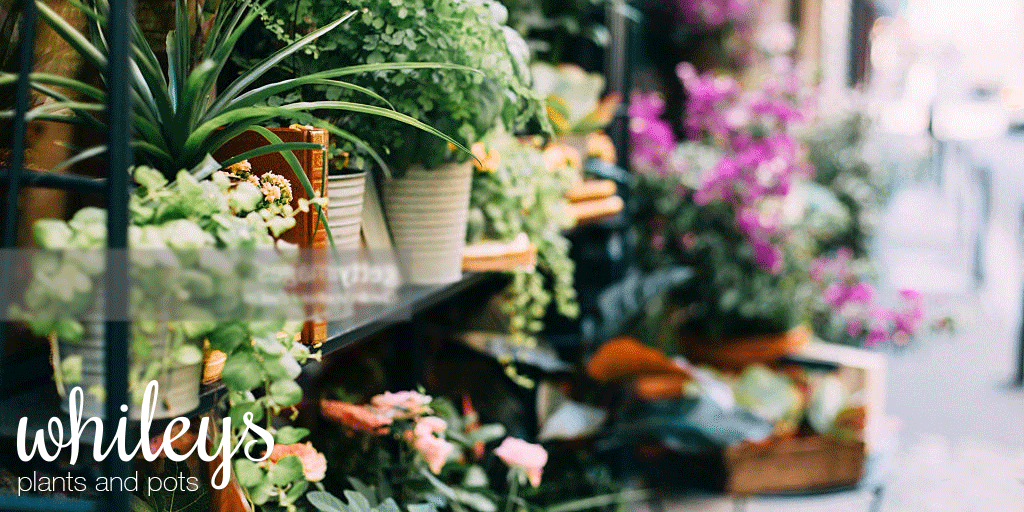
Spider Plants
Resilient spider plants seem to thrive even when neglected. They prefer moist soil but will forgive you if you forget to water occasionally. Keep spider plants in bright to moderate light, but avoid direct sun. Fertilize spider plants twice a month during the spring and summer. Spider plants remove benzene, carbon monoxide, formaldehyde and xylene from the air. Spider plant are considered safe for pets.
Ficus
Ficus are popular houseplants and also often named the best plants for offices. Why are the great office plants? Because they have a striking appearance and are highly effective at purifying indoor air. A ficus prefers bright, indirect light, moist soil and occasional misting. Make sure you keep your ficus away from drafts. A ficus is a great plant to help you with air purity. Thanks to its decorative appeal, a ficus can serve as an attractive focal point for a room
Red-edged dracaena
Red-edged dracaena, also known as dragon tree, is beautiful and useful for purifying indoor air. It prefers a brightly lighted area, though it can tolerate lower light conditions, too. Allow it to dry out between watering to get the most from it. Dracaena helps remove formaldehyde, trichloroethylene and xylene from your home. (These airborne chemicals can emanate from a variety of household goods.)
Peace lily
The peace lily offers elegance and beauty with a unique look. It prefers bright, indirect light but also does well in medium, indirect light. When it needs water, it will tell you by getting droopy leaves. After watering, it perks back up in response. You can also mist it occasionally for added humidity. The peace lily helps remove benzene, formaldehyde, trichloroethylene, toluene and xylene from the air.
Pothos
Even if you think you have a “black thumb,” you can probably grow golden pothos. This plant does well in low light and is forgiving if you miss an occasional watering. In fact, the golden pothos prefers to dry out in between waterings. The golden pothos is easily one of the most common houseplants. It’s attractive and easy to grow. Golden pothos is considered an air-purifying houseplant. While root rot is a common problem with most houseplants, but the golden pothos rarely succumbs to this condition. You’ll know when you need to water a golden pothos by its drooping leaves. Droopy leaves that cannot be revived by watering are a sign the golden pothos needs to be repotted into something larger.
Bamboo palms
Bamboo palms are great plants if you want to add a tropical feel to your home or office. While this houseplant, also called parlor palm, prefers bright light, it can do very well in low light as long as it receives enough water. However, make sure you don’t overwater the bamboo palm. Wait until the top of the soil is dry. This plant likes high humidity, so consider placing it on a tray of pebbles with water added. As the water evaporates, add more so the pebbles are almost covered. Bamboo palm is excellent at reducing the airborne formaldehyde that is released by new furniture. Bamboo palm is nontoxic to pets.



